The Ultimate Budget Traveler’s Guide to Costs in India
Generally speaking, India is a very affordable destination – you’ll never have to break the bank to experience its massive landscape. We asked a local Indian to break down the costs and help maximize your money.
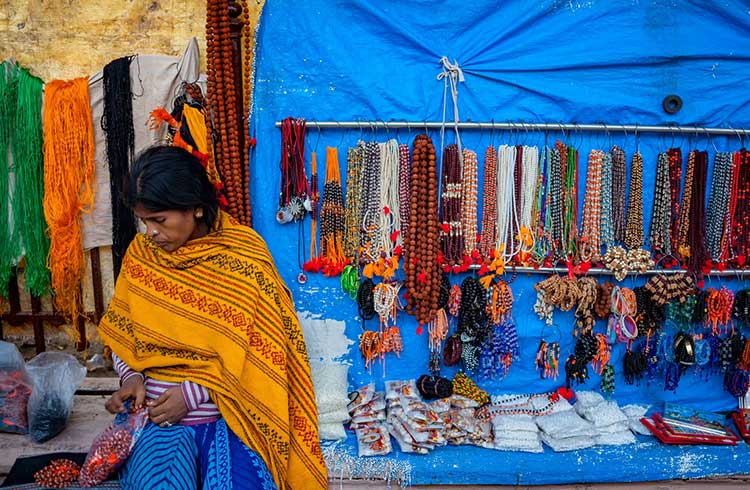 Photo © iStock/AAGGraphics
Photo © iStock/AAGGraphics
- Currency and exchange rate in India
- ATMs and cash
- Cost of food in India
- Cost of transport in India
- Cost of accommodation
- Average daily travel budget ($33 – $100+/day)
- Cost-saving tips
Currency and exchange rate in India
The official currency of India is the Indian Rupee (INR).
(1 USD = 82.88 INR as of December 2022)
You can exchange all major currencies at airport counters, but these are usually more expensive than private currency exchanges in the city. Here’s a list of all government approved exchanges across India.
ATMs and cash
The easiest way to exchange currency is an ATM. All major international cards on the VISA and MasterCard network are accepted. However, you may be charged a small exchange fee.
From busy streets to malls, you’re always a stone’s throw away from an ATM in most major cities. Don’t be surprised if some of them are out of cash, though. You can always use Google Maps to find the next closest one.
If you’re planning to visit a remote village or town in the hills, it’s best to stock up before you go. Be mindful of carrying a lot of cash on your person, though – pickpockets abound.
Cost of food in India
India is one of the world’s most rewarding destinations when it comes to food per dollar. You can enjoy three fully satisfying meals for US $10 a day.
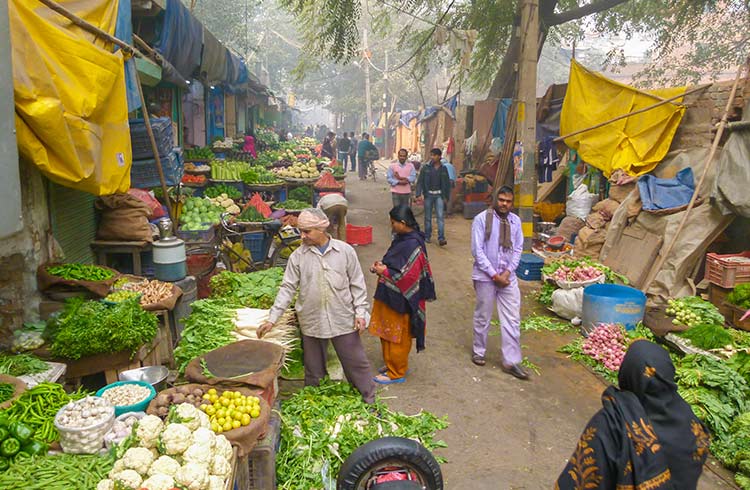
The most satiating breakfast is the South Indian fare popularly found in Darshini restaurants in the south. A plate of Idlis, Dosas, and a cup of filter coffee can cost you less than $2. I personally try booking my hotel rooms with breakfast included to save costs. The spread is usually quite large and can keep me going until 4 pm. That’s when I head out to savor street food.
India is a country of snackers, and you will never be too far from a vendor trying to tempt you with crispy golden samosas filled with onions and potatoes (less than a $1/piece) or a full plate of Chaat (puffed corn with tomatoes, potatoes, and chutneys) for less than $1.5.
If you intend on having a sit-down lunch and dinner at an air conditioned (A/C) restaurant, you can expect to pay about $3-6 dollars (without alcohol, of course).
Remember, local food is always cheaper than Western fare. And if you plan on trying out an upscale lounge bar or brewery, your bill may go up significantly. An Aglio Olio pasta and two pints of freshly brewed beer in Toit – an upscale brewery in Bangalore – cost me about US $16.
The irony is that local food tends to be cheaper in bigger cities like Mumbai, Delhi, and Bangalore, compared to the smaller, more touristy destinations like Kullu Manali and Kasol in the mountains.
Cost of transport in India
Taking a flight
If booked in advance, intercity flights are quite affordable.
I booked a Bangalore-to-Mumbai return flight three weeks in advance and paid US $60 – and I reached Mumbai in just two hours compared to a train that takes 24 hours.
I use the Skyscanner website to compare flight tickets across carriers. Keep an eye out for websites like MakeMyTrip and Yatra that run good discounts. Go First and SpiceJet are popular budget airlines, but it’s best to book through an aggregator website for the best deals.
Taking a train
Known as the lifeline of the country, the Indian Railways are the most efficient way to travel. An overnight journey from Bangalore to Hampi will cost you US $15 and will save you from paying for a hotel.
The coach options start with Second Seating (2S) without A/C. If fresh air and conversations with strangers are your calling, it will cost you about US $3 dollars for a 218mi (350km) journey.
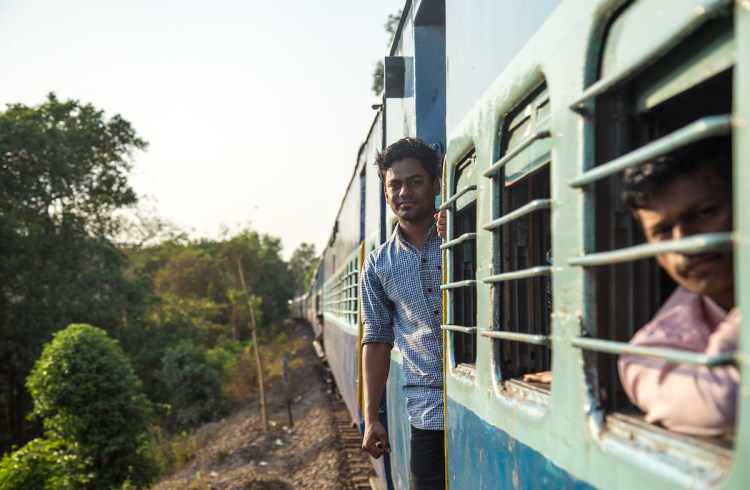
On the other end of the spectrum is the Executive Class (EA). A far more luxurious option – fully air-conditioned, more leg room, plush seats, and a 2X2 seating arrangement. You even get a decent breakfast of bread, jam, banana, cereals and tea/coffee – included in the fare of US $18.
However, for short train journeys like Bangalore to Chennai, I recommend the AC Chair Car. For just US $9 dollars you get almost all items from the breakfast menu of the EA, with a little less of the ‘plushness’.
For longer journeys, my favorite option is the Second AC (2AC) which costs about US $25 for a 24-hour train journey from Bangalore to Mumbai.
Taking a bus
India has one of the best public transport systems in the world, and the buses blaring at you every minute are proof of that.
I always rely on ‘Airport buses’ in big cities. A one-hour journey from the Bangalore airport to the city will cost you US $25 in a private cab. The same in an A/C bus will cost you US $3. Intra-city travel in state buses usually costs less than half a dollar.
RedBus is the best way to book your long-distance buses. You can take an overnight sleeper bus from Bangalore to Chennai for a mere US $10. Not a bad deal!
Ride-sharing via Uber and Ola
These two ride-booking apps have revolutionized Indian travel. Almost all major towns and cities use them (except for Goa). I strongly recommend downloading these apps, which give you the option to hire a cab, an ‘auto’ (also known as a ‘rickshaw’, the Indian term for a 3-wheeled drive). The cost for an hour’s cab ride intercity in Bangalore/Mumbai is about US $4-$5.
Autos are generally cheaper than cabs and much faster owing to their size, and the speed at which the drivers can maneuver them. (Don’t worry, they’re generally not unsafe!) You can also flag down an auto directly on the road – but be mindful to check the rates on the app first. They can quote exorbitant rates if they pin you down as a ‘foreigner’.
On an average day of sightseeing, you can expect to spend about US $15 travelling around the length and breadth of the city.
Cost of accommodation
Staying in India can be really cheap, starting at a mere US $6. On average, stays in India will cost anywhere between US $10-$40 for a comfortable night. While it’s tempting to choose the cheapest option, I’d suggest loosening the purse strings if you want a decent, hygienic stay.
The budget traveler ($10+/night/person)
You get a comfortable bunk bed in a shared dormitory in Pondicherry for about US $14 a day – including a hearty breakfast. Zostel, the newest chain in the Indian hostel circuit, offers rooms in Jodhpur for US $9-$10 a night, without breakfast. You won’t have to worry about safety and will get a chance to meet like-minded travelers. For a few dollars more, you can stay at an Airbnb – peppered all across India. A private room costs about US $18 a night.
The comfort traveler ($30+/night/room)
Looking for privacy and an attached bathroom? The OYO Rooms chain provides comfortable stay starting at US $30 per night per room. Wi-fi is always free. Personally, I wouldn’t recommend any rooms on their site below this price point. Even better if you’re travelling with a group – you can book a deluxe room with a living area and two bedrooms for just US $40 and split the cost!
The premium traveler ($48+/night/room)
Fancy a pool, gym and steam/sauna in your hotel? I’ve found some great deals on Bookings.com for my recent trip to Amritsar – including a king-size bed, attached bathroom and breakfast included for US $48 per room. The website offers great discounts and you can get gorgeous properties at throwaway prices if you look hard enough. Boutique hotels, palace hotels, and even floating boat hotels start at US $60/night and go up to $600.
Average daily travel budget ($33 – $100+/day)
The great thing about traveling in India is that it’s exciting and rewarding whether you’re skimping, splurging, or somewhere in between. Here are the average daily costs depending on the kind of trip you’d like to have – covering three major expenses of Accommodation, Transportation, and Food.
Budget Traveler ($33+/day)
You’d take local buses and overnight trains, stay in shared dorm rooms and eat local food.
Accommodation: $10 per day
Transportation: $15 per day
Food: $8 per day
Comfort Traveler ($65+/day)
You’d travel by cabs, take trains and budget flights, and stay in private hotel rooms. You’d treat yourself to a sit-down meal every day.
Accommodation: $30 per day
Transportation: $20 per day
Food: $15 per day
Premium Traveler ($100+/day)
You’d travel by A/C cabs, take flights, and stay in plush hotel rooms. You’d eat to sit-down meals and visit lounge bars.
Accommodation: $50 per day
Transportation: $35 per day
Food: $30 per day
Cost-saving tips
India is an extremely budget-friendly country, but it never hurts to learn a few tips and tricks to save more.
1. Early-morning flights: these are usually much cheaper than their mid-day counterparts. Recently I took a 6:30am flight from Bangalore to Chennai and paid just US $24 as opposed to US $35 at ordinary hours.
2. Overnight trains: overnight trains cost half the price of a flight and save you on a hotel stay. Ka-ching!
3. Snack instead of dine: Indian snacks and savories from local supermarkets and street vendors are healthy, cheap, and extremely satisfying. I went for four hours on a delicious plate of boiled peanuts, onions, and tomatoes topped up with fresh sugarcane juice all for less than US $2.
Related articles
Simple and flexible travel insurance
You can buy at home or while traveling, and claim online from anywhere in the world. With 150+ adventure activities covered and 24/7 emergency assistance.
Get a quote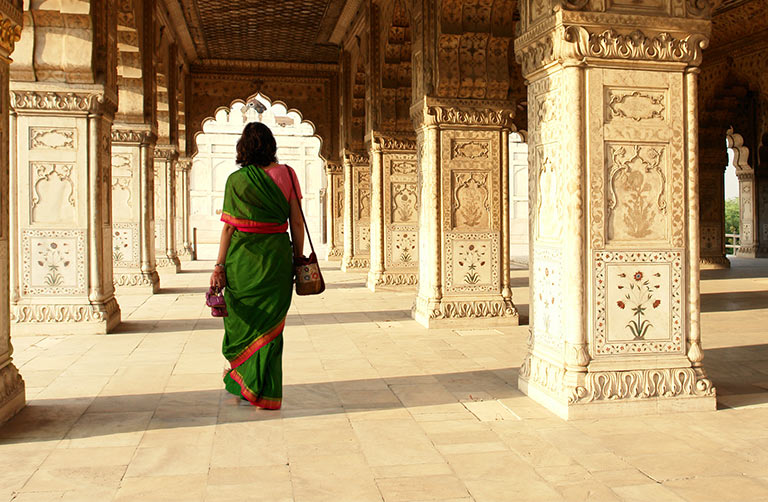
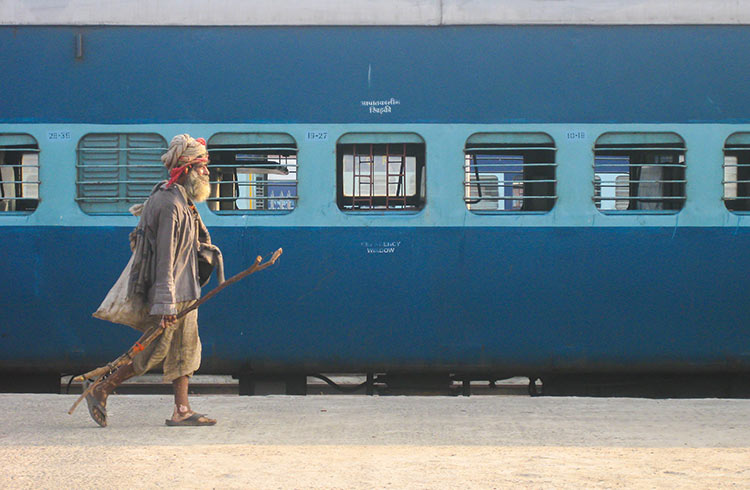
No Comments